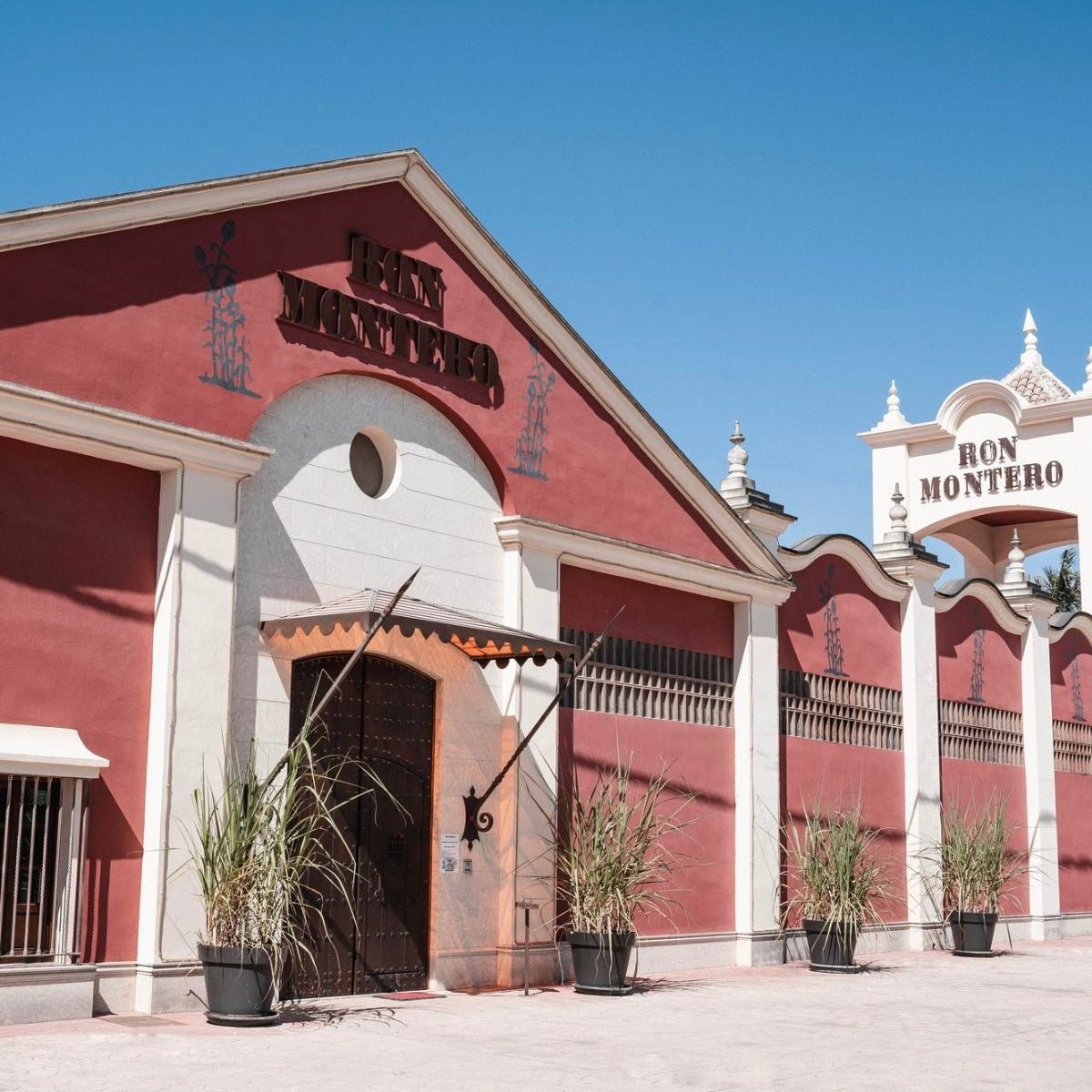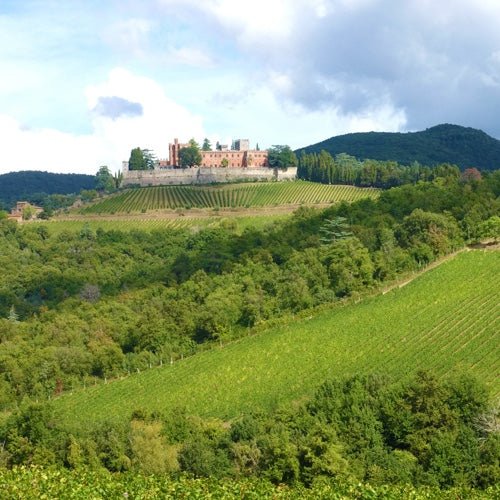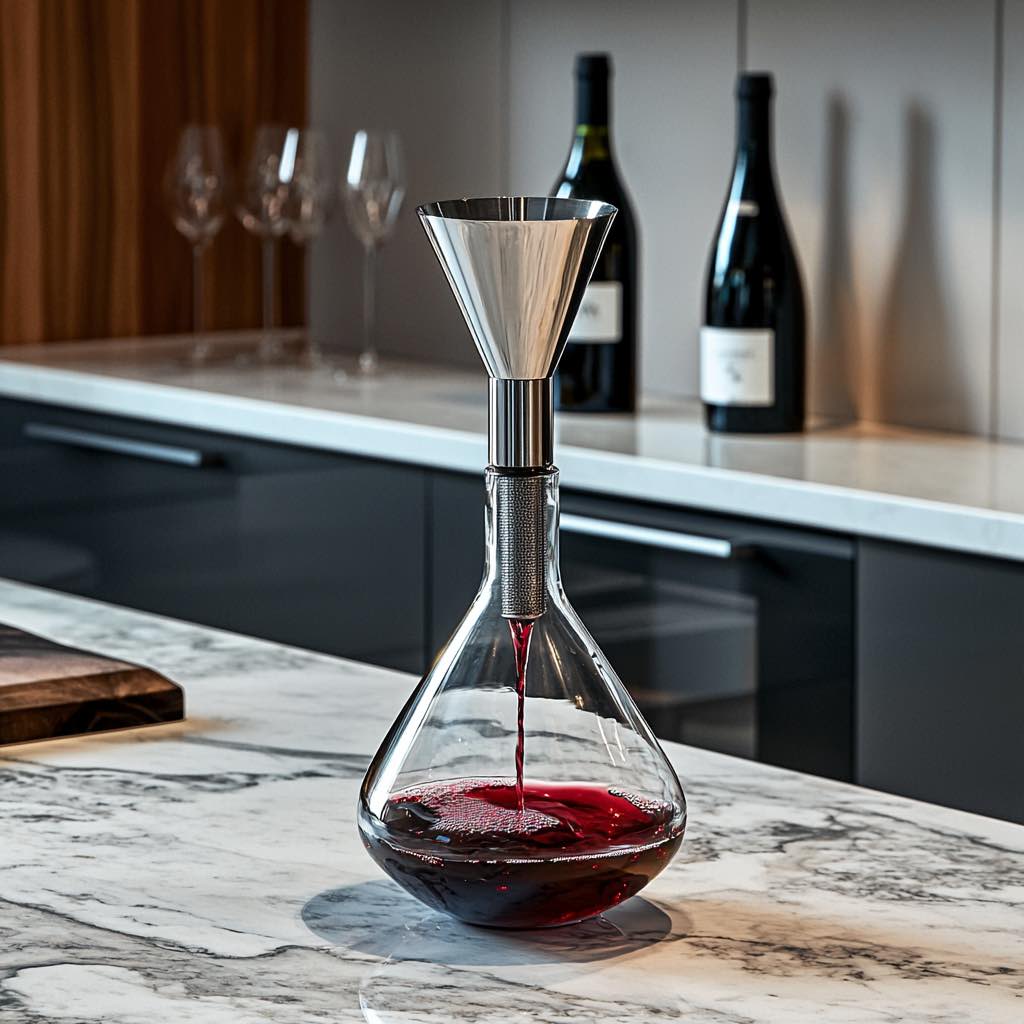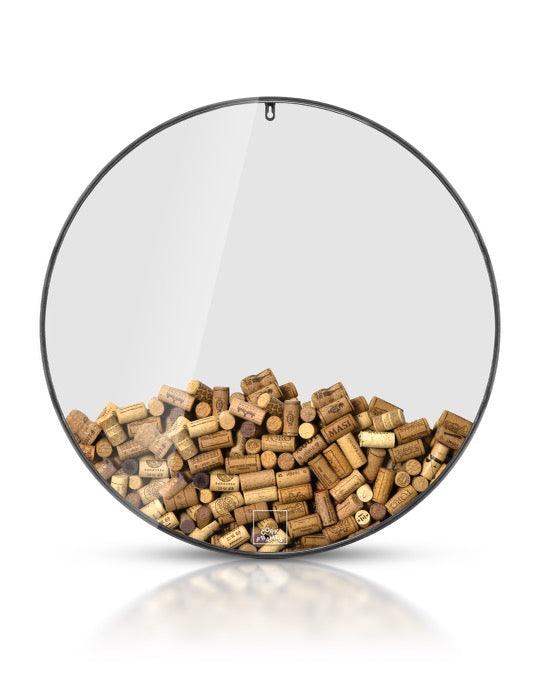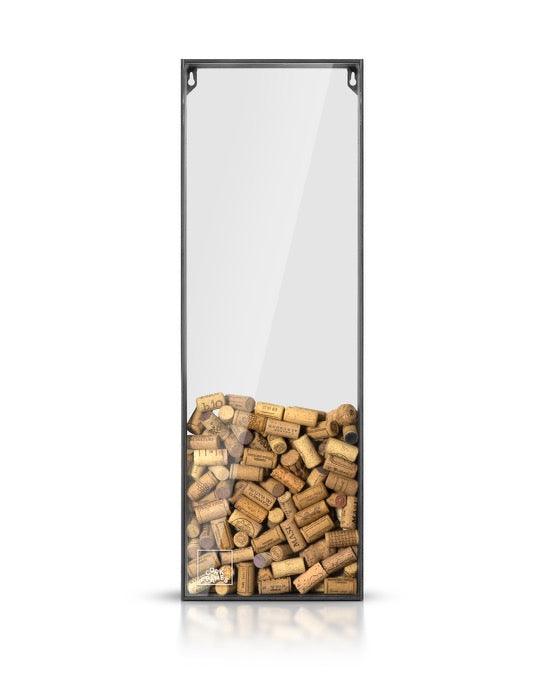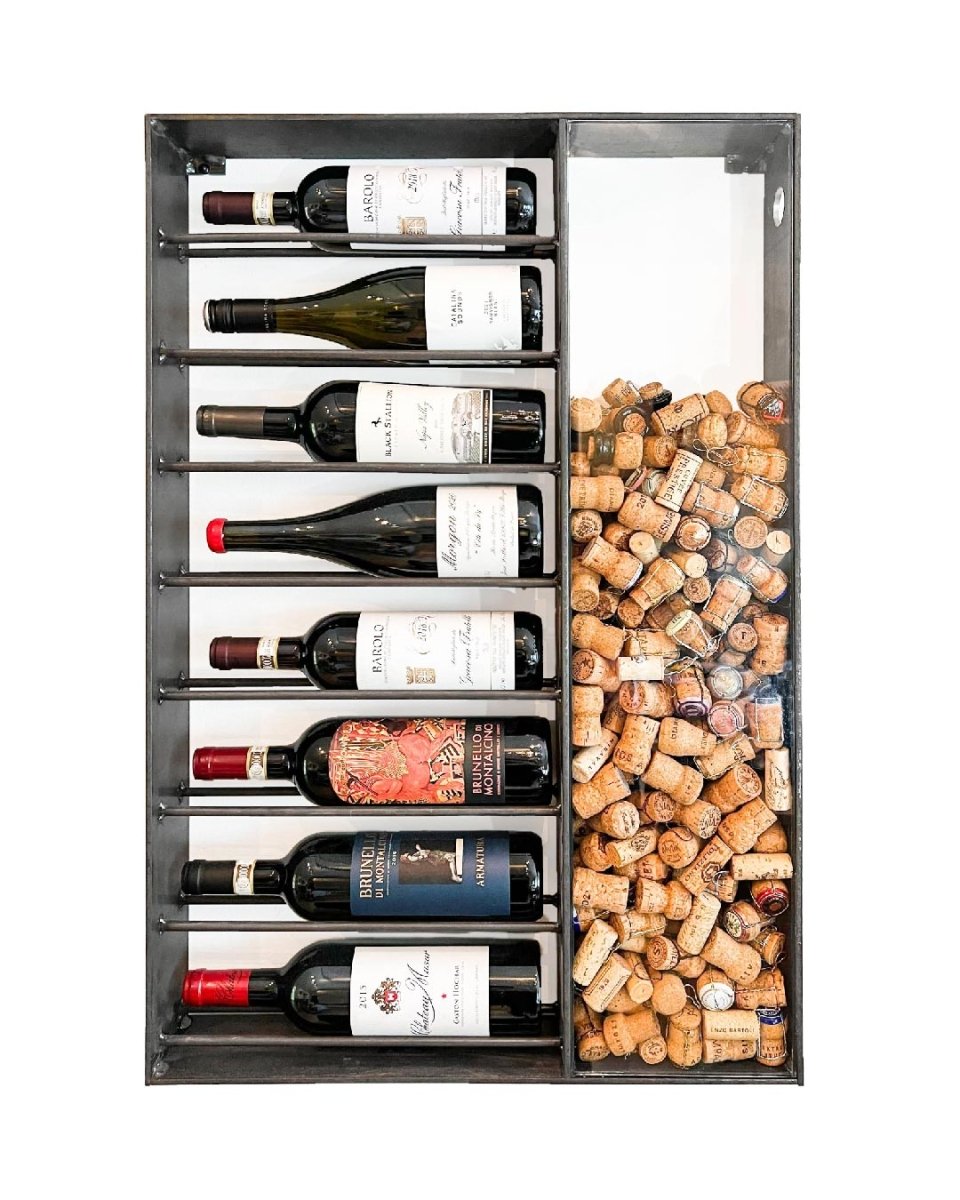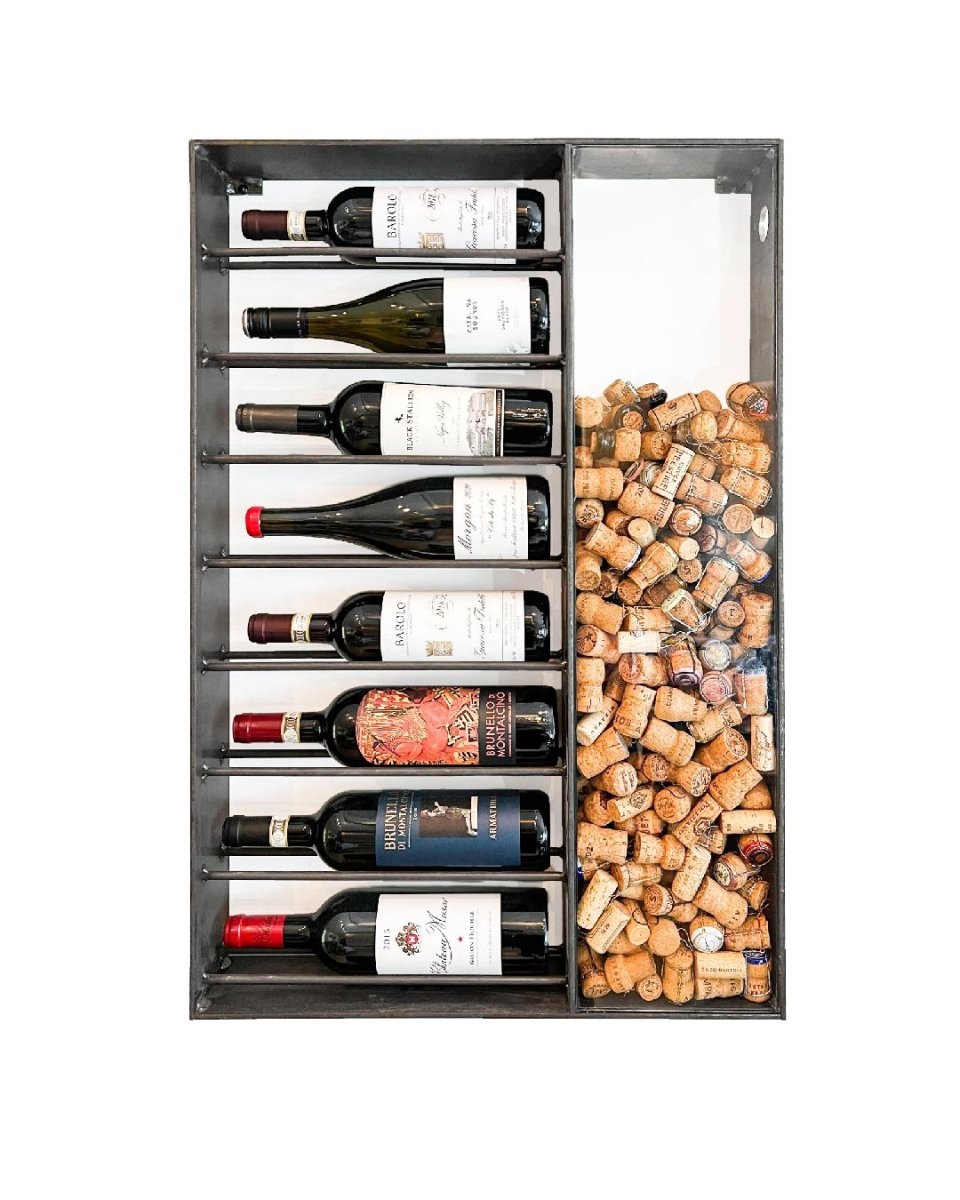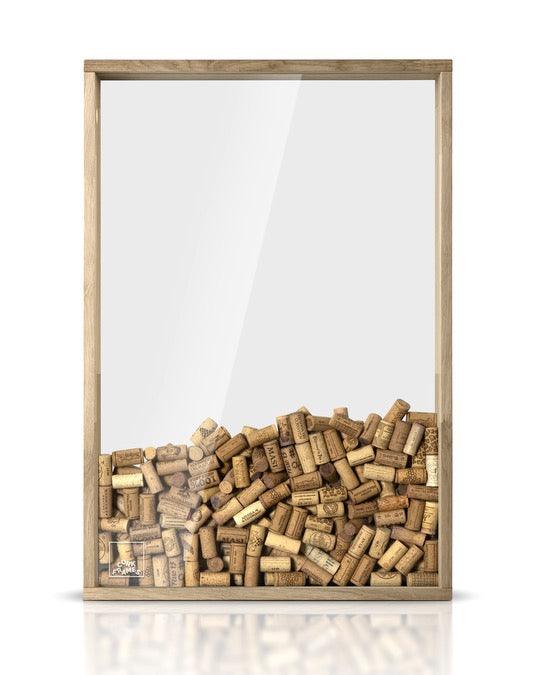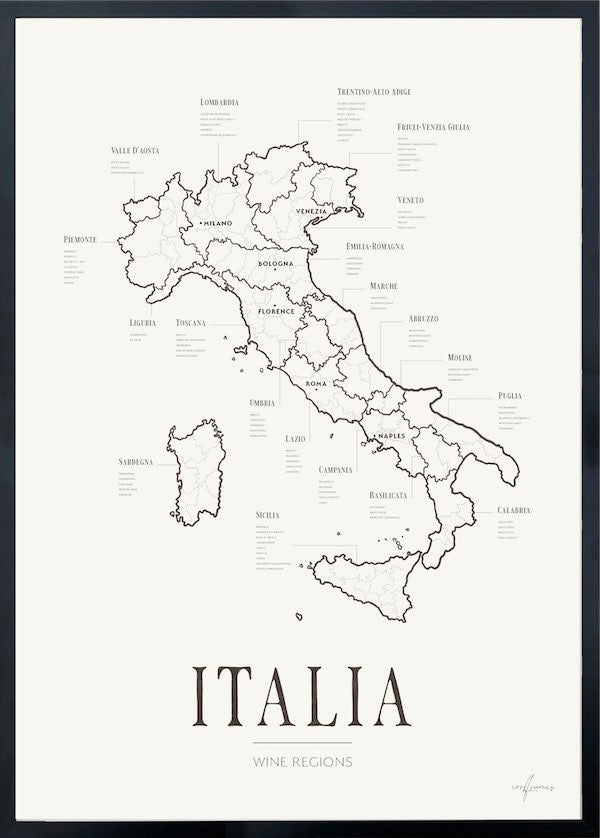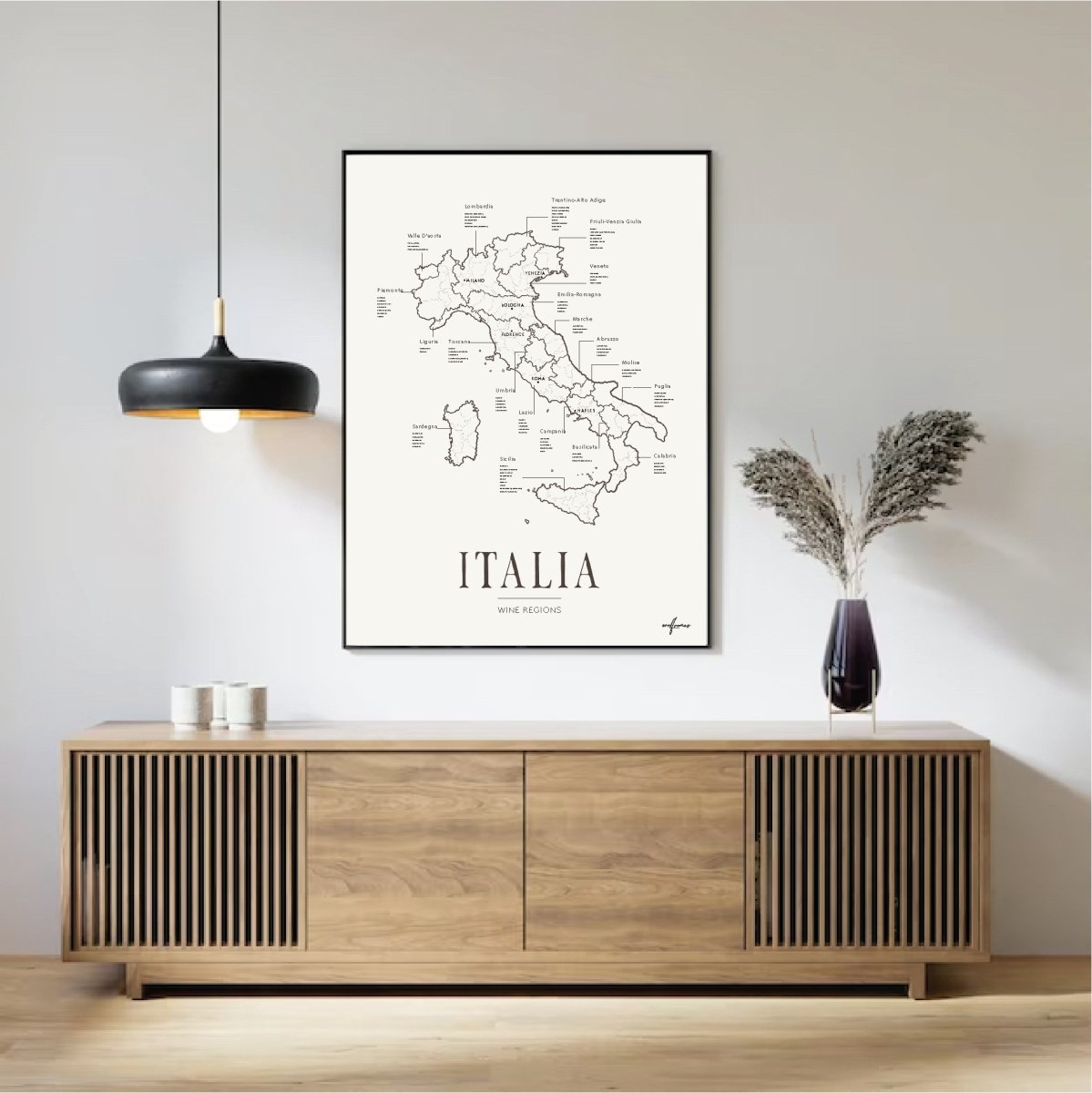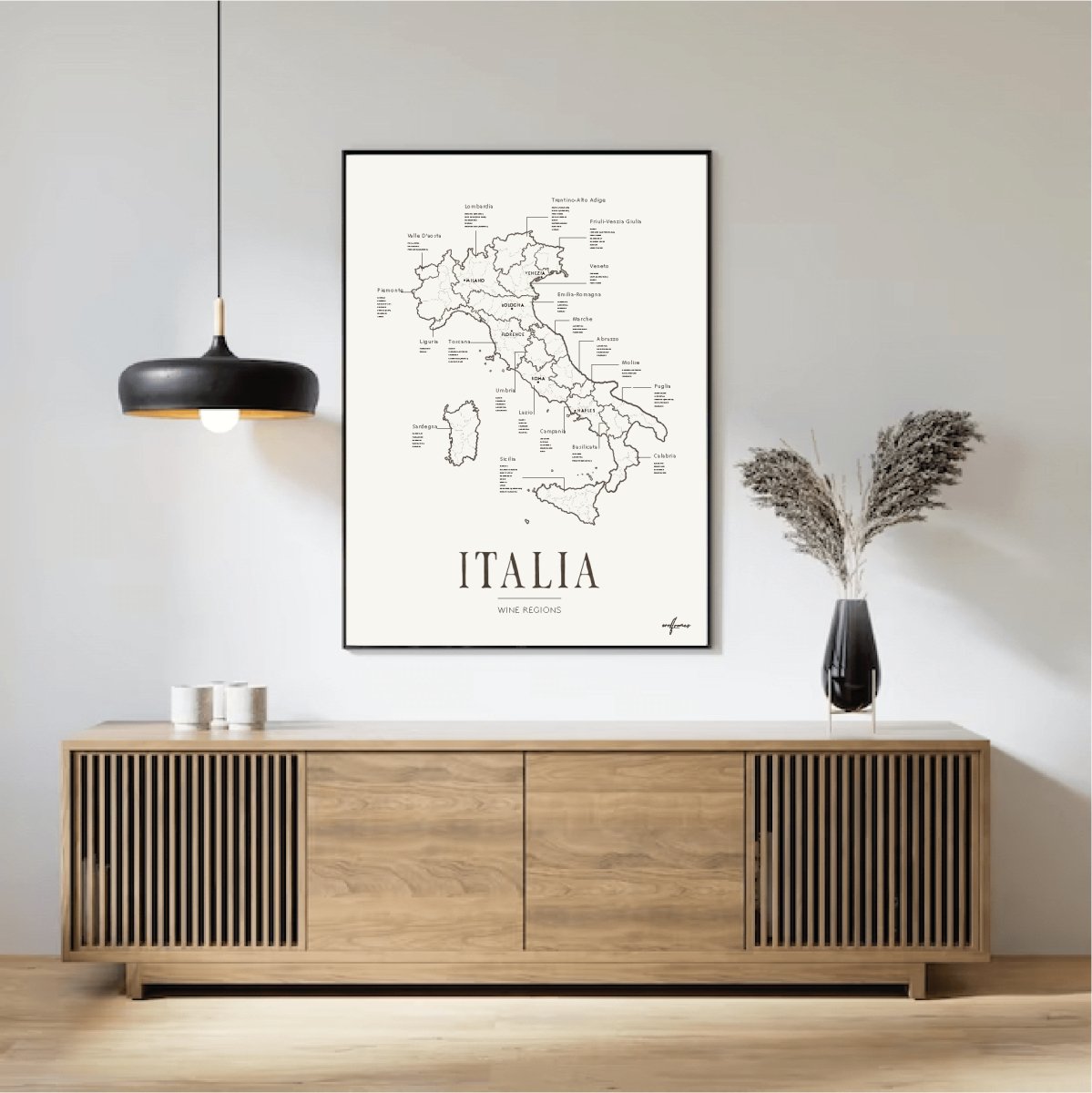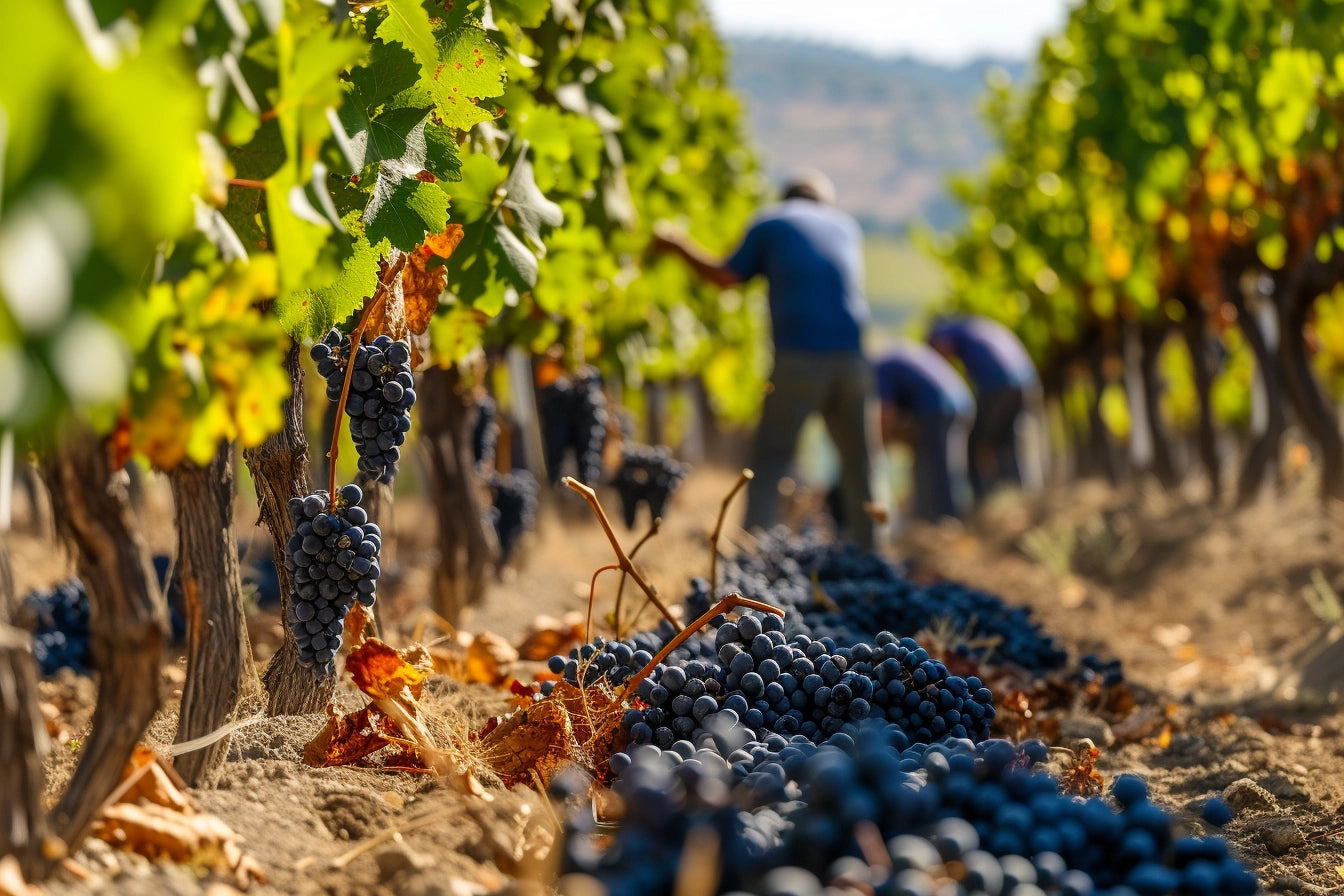When we think of rum production, our minds typically drift to tropical Caribbean islands or the warm coasts of South America. However, what many may not realize is that there’s a small but fascinating tradition of rum-making along Spain’s sunny southern coast, near Nerja and the neighboring towns of Motril and Salobreña.
While not as famous as the Caribbean, this region has a rich history tied to sugarcane cultivation and rum production that dates back centuries.
The History of Sugarcane in Andalusia
Sugarcane has been grown in southern Spain since the Moors introduced the crop in the 9th century. The Moors were pioneers in agricultural development, and Andalusia’s warm, sunny climate proved ideal for cultivating sugarcane. The area around Nerja, particularly to the east toward the province of Granada, has a long tradition of sugarcane plantations, with several towns building their economies around this crop.
One of these towns is Motril, located just 30 kilometers from Nerja, which became a key center for sugarcane cultivation and processing. In the 16th and 17th centuries, the sugar industry flourished in the region, leading to the development of several sugar mills and later distilleries for rum production.
Ron Montero – A Symbol of Andalusian Rum
Today, the most famous rum producer in the area is Ron Montero, based in Motril. This family-owned distillery was founded in 1963 by Francisco Montero Martín, who saw the potential to revive the lost tradition of rum-making in Andalusia. Despite the decline of the sugar industry in the mid-20th century, Montero managed to keep a small piece of this history alive by producing high-quality rum.
Ron Montero is now one of the few remaining distilleries in Europe producing rum, and their products have gained a reputation for their artisanal methods and rich flavors. The distillery offers both white and aged rums, with their "Ron Pálido" being a popular variety that is aged in oak barrels, developing a complex flavor profile.
Tradition and Craftsmanship
Ron Montero's success is built on a deep respect for traditional production methods. While modern technology could speed up fermentation and distillation processes, the distillery remains committed to slow, controlled production to maintain the unique taste and character their rum is known for. The molasses used in their rum is carefully selected, and the distillation process is designed to preserve the subtle flavors of caramel and tropical fruits.
What sets Ron Montero apart from many other commercial rum producers is their focus on natural processes without the use of artificial colors or additives. Their rum is aged in barrels under natural conditions, allowing the flavors to mature and deepen over time.
A Visit to the Distillery
For those interested in learning more about rum production and experiencing the history firsthand, Ron Montero offers guided tours of their distillery in Motril. Visitors can get a detailed look at how rum is made, from harvesting sugarcane to bottling the final product. The tour usually includes a tasting of the distillery’s various rums, giving visitors the chance to experience the differences between a fresh white rum and an aged variety.
The distillery is part of the region's cultural heritage and attracts not only wine and spirits enthusiasts but also tourists curious about Andalusia’s history and industrial past. Visiting Ron Montero provides an opportunity to gain a deeper understanding of how this region of Spain was once a center for sugarcane cultivation and how the tradition of rum production still thrives today.
The Future of Rum Production in Andalusia
Although rum production in Andalusia is not on the same scale as in the Caribbean, Ron Montero’s success proves that there is demand for high-quality European rum. The unique combination of traditional craftsmanship and the region’s history makes rum from Motril stand out in the international market. With growing interest in locally produced spirits and unique flavor profiles, Ron Montero has also expanded its operations to reach new markets.
Discovering Andalusia’s Wine and Spirits Culture
For wine and spirits enthusiasts visiting Nerja and the Costa del Sol, the region offers a rich history and exciting heritage when it comes to beverages. In addition to the rum production in Motril, there is also a thriving wine landscape in Andalusia, ranging from sherry in Jerez to local wines from the Alpujarra mountains. Exploring these drinks is a fantastic way to get closer to Andalusia’s culture and history.
So next time you visit Nerja, consider a short trip to Motril to discover the hidden gem of rum production in Andalusia. Ron Montero is living proof that there is much more to this part of Spain than just sun and beaches—it’s also a place where history, craftsmanship, and a passion for spirits still live on.
In this way, Nerja and its surrounding areas connect a modern tourist destination with a rich cultural heritage, where rum production remains an important part of history that few people know about.

